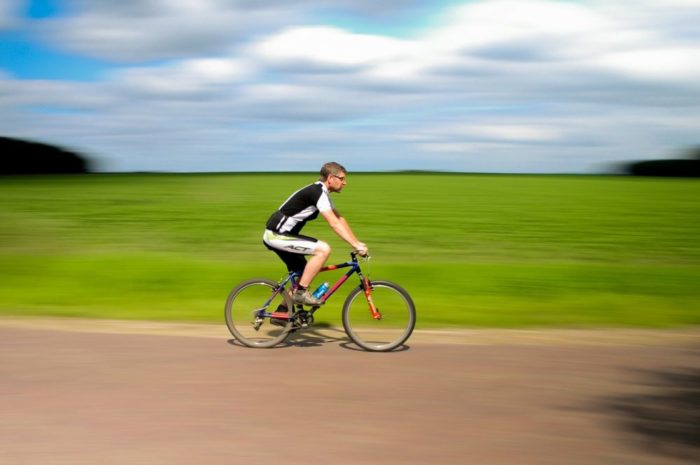Cycling is a hugely-rewarding hobby. Its practitioners are afforded a means of keeping fit, for one thing. They’ve also got an excuse to enjoy the sights, sounds and smells of the countryside. Moreover, they’re able to have a great deal of fun while doing so. It’s small wonder, then, that so many of us are saddling up.

But there are a few barriers to entry when it comes to cycling, and foremost among them is the equipment required. Not only do we have the initial cost of the bike, which can be anything from hundreds to thousands to even tens of thousands of pounds, but there’s the myriad of accessories to consider, too.
In this article, we’ll take a closer look at the latter – specifically at those that we think simply cannot be dispensed with. Let’s get on with it, shall we.
Helmet
Of course, it had to start here, didn’t it? The helmet is considered an indispensable piece of safety equipment for good reason – head injuries can be extremely serious, if not life threatening. This is especially so when one considers that a bicycle can travel at more than thirty miles an hour, and that you’re not going to be afforded anywhere near the protection that a motorist might be, if you should impact another vehicle.
The Royal Society for the Prevention of Accidents cite a study of 116 fatal cycling accidents in and around the capital, which found that between 70-80% of them resulted from head-injuries.
Naturally, there are many excuses one might offer for forgoing a helmet – but none of those are going to appear particularly clever when you’ve hospitalised yourself (or worse). Cycle helmets are available for just over a tenner – or perhaps more if you’re looking for a good one. Considering that they can make the difference between life and death, this is a worthwhile expenditure.
High-visibility clothing
If you’re going to be riding on the streets, as many cyclists do, then you’ll need to contend with other road users. A significant proportion of collisions between automobiles and bicycles occur because the driver of the former didn’t see the latter. If you spend a lot of time exchanging stories with your fellow cyclists about the perils faced on the road, then you might have heard several accounts of near-misses that end with ‘…and he didn’t even see me!’
Clearly, it’s important that cyclists make themselves as visible as possible – especially during the night-time. Secure yourself a reflective jacket to go with the reflectors on your bike. If you’d prefer not to go that far, then you might opt for reflective wrist or ankle-bands.
Torch
Night-time cycling is, statistically, far less popular than daytime cycling, and so far fewer accidents occur during the night-time. Clearly, this is the sort of statistic which might lead one to believe that it’s safer to cycle during the night, which should fail an initial smell test. Another statistic reveals that accidents that occur during the night-time are likely to be more serious. It’s easy to see why.
As we’ve seen, visibility is a key factor in anticipating (and thereby preventing) accidents from occurring. A cyclist should not only be seen by other road users, but they should be aware of their own surroundings, too. Torches provide a means of doing this. They come in many different forms; mounted between a set of handlebars, or even attached to a helmet, are both popular choices for people who absolutely must cycle at night-time.
Boot protector
Thus far we’ve examined cycling in an urban setting. If you’re looking to go off-road, and perhaps enjoy a spot of mountain-biking, you’ll likely need a few additional pieces of kit to make life that little bit easier. Of these, among the most overlooked is the humble boot protector.
Once you’ve gotten your bike back to the car after a hard few hours spent zooming through mud, you’ll likely want to avoid transferring the filth that’s caked onto your wheels onto your nice clean interior. A boot protector provides a means of avoiding exactly that.
The best boot protectors are those which are designed to fit a given model of vehicle. You can buy Mercedes, Ford, Volvo and BMW boot liners from specialist online retailers like Hatchbag. Hatchbag car boot protectors can be easily removed and laundered when the time comes to clean the car out, saving you the trouble and expense of having your car repeatedly valeted. A boot liner will also come in handy if you’re transporting a dog, cat, pram or anything other potential carrier of dirt.

